Life in Málaga—with jaunts to Brussels, Paris, Nantes
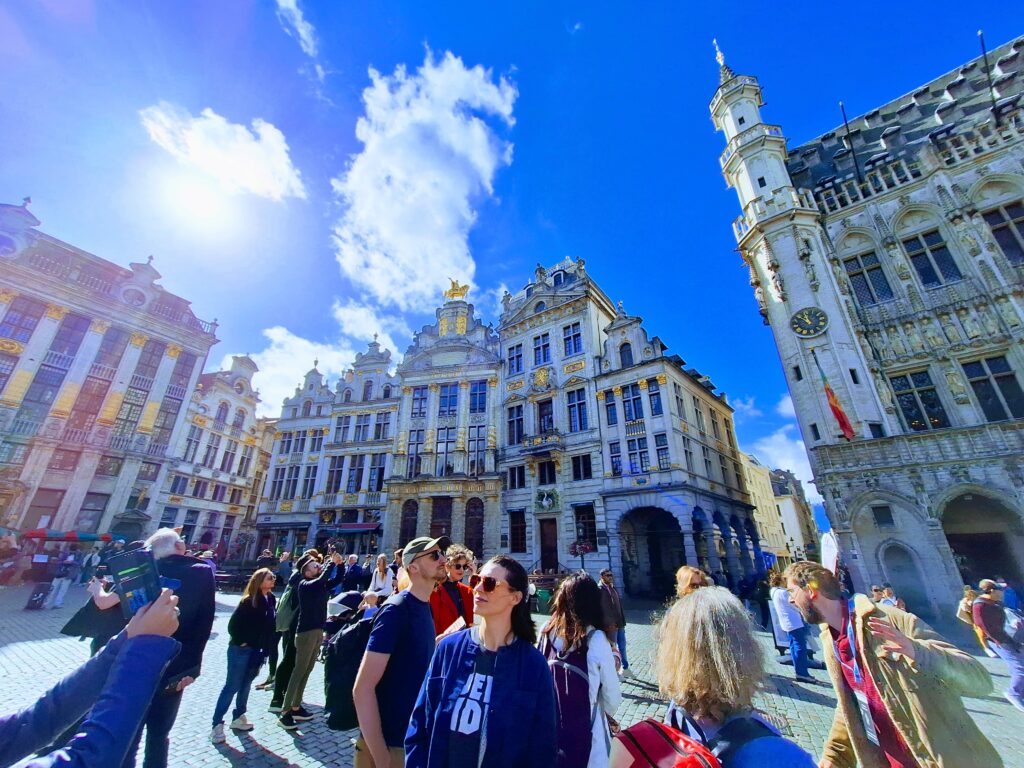
September brought another opportunity for travel, starting with Brussels, where in addition to ogling the sites such as the Grand-Place above, I attended the European Writers Salon yearly conference. I went because I wanted to be in a physical space with other writers. Also, I’d never been to Belgium. I’ve never been to a lot of places and at this stage of my life and in this unpredictable world, my motto has become take every chance to pack a suitcase. The Brussels trip turned out to be a just-right mix of group time, alone time (an absolute requirement), and two lovely restaurant dates with a friend who lives in Lisbon and was also attending the salon. What a knack she has for choosing restaurants. For dinner one evening at Le Variétés, I had skate wing, which I learned is a staple of French cuisine. It was delicious. For a brunch date at Kafei, we ordered eggs Benedict Bahn Mi style, with miso added to the Hollandaise sauce and pork belly in lieu of bacon. We also shared an order of mango sticky rice fluffy pancake. So lusciously fluffy. Sorry, no food pictures to share.
The Salon offered a full day of sessions related to writing and publishing. I attended a session on finding an agent because, yes, I still have vague notions of querying again, this time for my fifth book, though I think in my heart I’m convinced there’s no space for me in that realm of agented writers. My favorite session was a bookseller’s perspective on writing, publishing, and selling, delivered by Terry Craven, co-owner of Desperate Literature in Madrid. What would we do without these dedicated, hard-working souls who are driven by the love of books to put said objects into the hands of readers and to create a space where literature is esteemed and celebrated? I loved it when Craven said. “The romance of the bookshop—I believe in it.” I failed at photographically capturing salon moments, but here’s a photo borrowed from one of the organizers of one of the sessions. That’s the back of my head, third from the left.
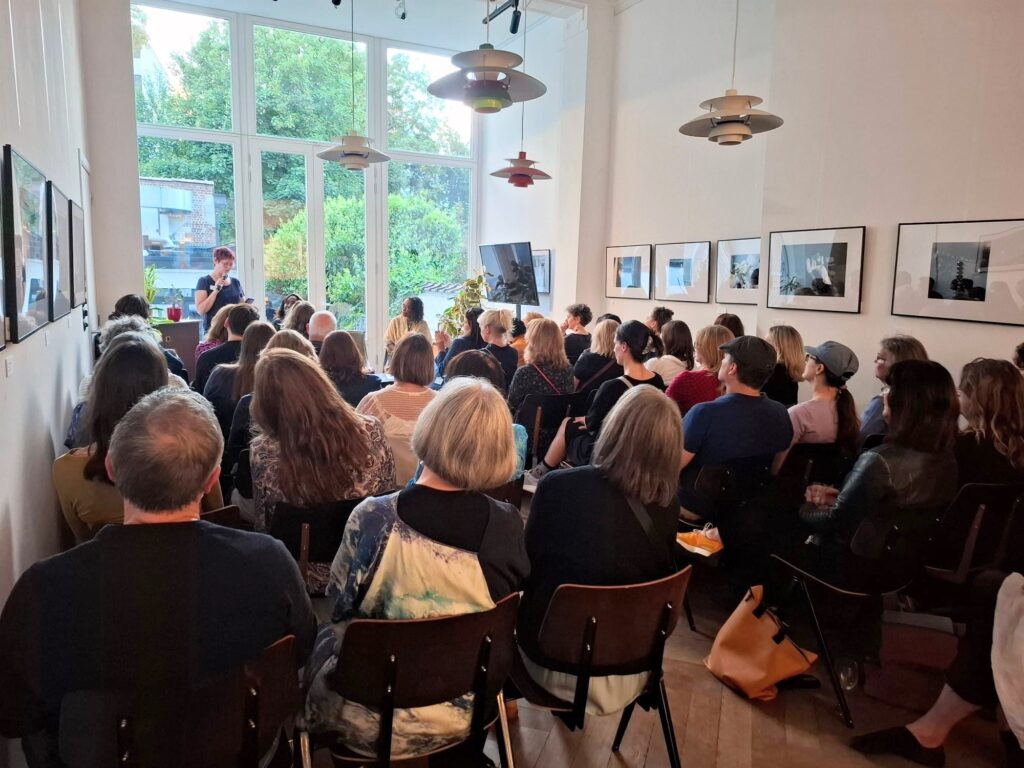
In addition to wandering around Brussels alone, including a visit to the exquisite Musée Magritte Museum, I opted for the walking tour as the final salon-sponsored activity. We walked through the square named for the Belgian-born writer Marguerite Yourcenar who later became a US citizen and was the first woman elected to the Académie Française. We watched locals singing about the Manneken Pis, a statue of a naked boy urinating into a fountain. Lore attributes the boy’s piss to the dousing of a fuse meant to destroy Brussels. We gathered round the statue of beloved singer Jacques Brel. We learned from a chocolatier his generations-old method of making his tasty little candies which we sampled. (Always remember where chocolate originated. Mexico!) We passed the plaque commemorating the site of poet passion where Paul Verlaine fired three shots at his lover Arthur Rimbaud, with one hitting him in the hand. I’d first read about the tempestuous relationship between these two poets in Rosa Montero’s book La loca de la casa, an engaging look at creativity, love, and madness. The tour ended in the Grand Place with its grand baroque architecture. It was a nice finish to the European Writers Salon experience.
Paris is a short train ride away from Brussels, and because I’d never been, I went. Paris is vibrant, energetic, and exhausting. It’s visually stunning with its imposing architecture and it delights with small gardens and parks everywhere. The first few days felt a bit frenzied and rambling as I was trying to see a lot of things and walking here and there and thank goodness for a great pair of shoes made for just such frenzied rambling. But throughout, I took long timeouts and just sat on a bench or on steps in front of Notre Dame, the Louvre Pyramid, the Arc de Triomphe, the Eiffel Tower (yes, all the famous monuments) to contemplate the monumental achievements in front of me and to think out loud (softly) I’m in Paris. And in addition to the history of kings, wars, and guillotines, there are the literary ghosts of Orwell, Joyce, Hemingway, Stein, and others. Also, I’d been reading Rosa Montero’s La ridícula idea de no volver a verte, which is about Marie Curie and also about grief, so when I came upon the Sorbonne, which Curie attended, I felt a little ping of recognition of greatness both for the venerated institution and for the brilliant Polish woman who began her path to scientific distinction there. The thing about traveling alone is that you can do what you want when you want. But there’s nobody to turn to and say things in shared delight like we’re in Paris walking along the Seine. Other than that, I was quite a sufficient and even congenial travel companion to myself.
To avoid flying out of a big airport, I took a train to Nantes to spend a few nights there before returning home to Málaga. After the immensity and sensory overload of Paris, the bite-size charms of Nantes were a good transition. I spent Friday afternoon walking the ramparts of the fifteenth century Château des ducs de Bretagne, which served as both a fortress (there’s a moat) and a ducal residence (there are dormer windows). Saturday was a full day, beginning with Les Machines de L’ile, where giant mechanical animals can be operated by a flick of a switch and human hands (mostly employees) manipulating joysticks. My favorite machine was not an animal but an old-fashioned flying contraption with a human pilot or at least a human pretending to be one. Though I don’t understand French, the commentary from the museum employee was as much part of the fun as the pilot and his flying machine.
Next, I went to the Jules Verne Museum. The man at the desk told me admission was free that day and he asked me where I was from for their visitor records. I said I lived in Spain. Then take our Spanish language guide, he said. He handed it to me after pulling it off the display rack right below the English-language guide which I eyed longingly. Sure, I can read the Spanish guide, but it requires some effort, while the English one requires but a glance. But I was embarrassed to ask for it. And then I was embarrassed at myself for even considering it. But the pamphlet turned out to be not so much a guide to the exhibits as a brief biography of Verne. The exhibit descriptions were only in French, and since I could recognize just a few words here and there, I just paid attention to and appreciated the displays.
At the next place I visited, my scant and feeble French was more than adequate for feeling the full power of the displays. It was the numbers that stood out. During the slave trade, more than 27,000 slave ships left European ports carrying more than 12 million people from Africa. Of those, 1800 ships sailed out of Nantes carrying more than 550,000 people. The Mémorial de l’abolition de l’esclavage remembers the victims of the slave trade in which Nantes was a major port. It recalls the inhumane way one group of humans treated other humans, a history that must be commemorated with memorials such as this one because there will always be those who deny it, diminish its impact, or attempt to erase it.
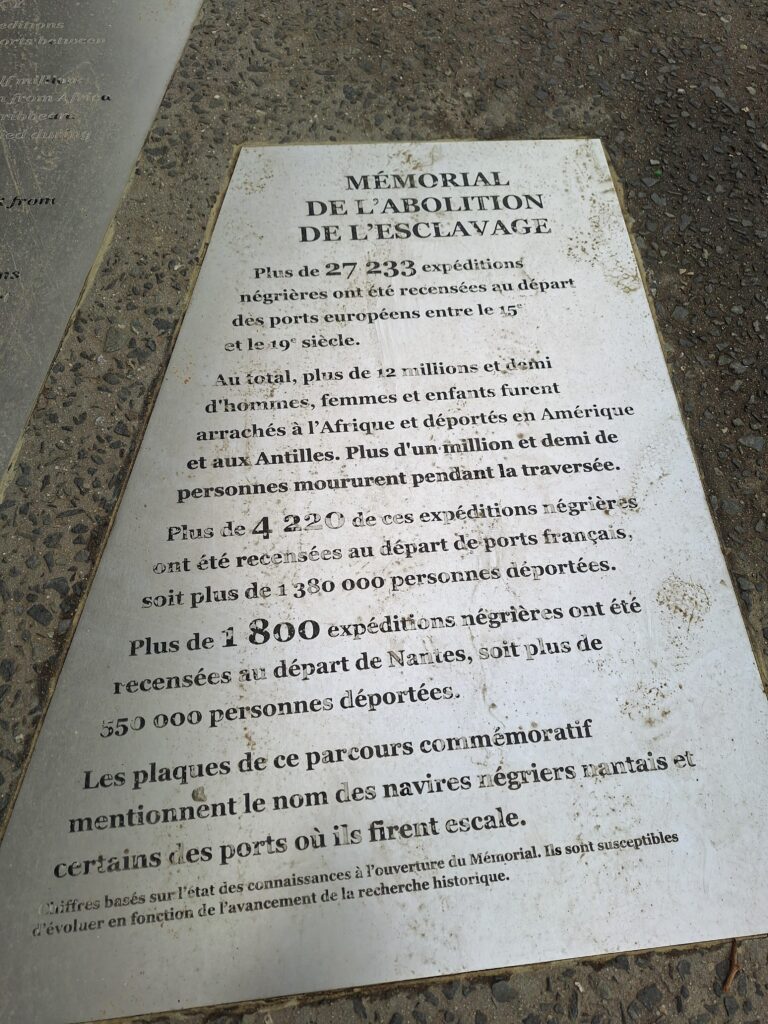
My tongue and brain had been on hiatus from Spanish during my travels and when I returned to Málaga and my weekly lesson with Sebastián, some simple vocabulary had taken their own vacation. Luckily the next EWS event is in Spain, a pop-up salon in Madrid at which I will be doing a reading. I’ll tell you about it next time.
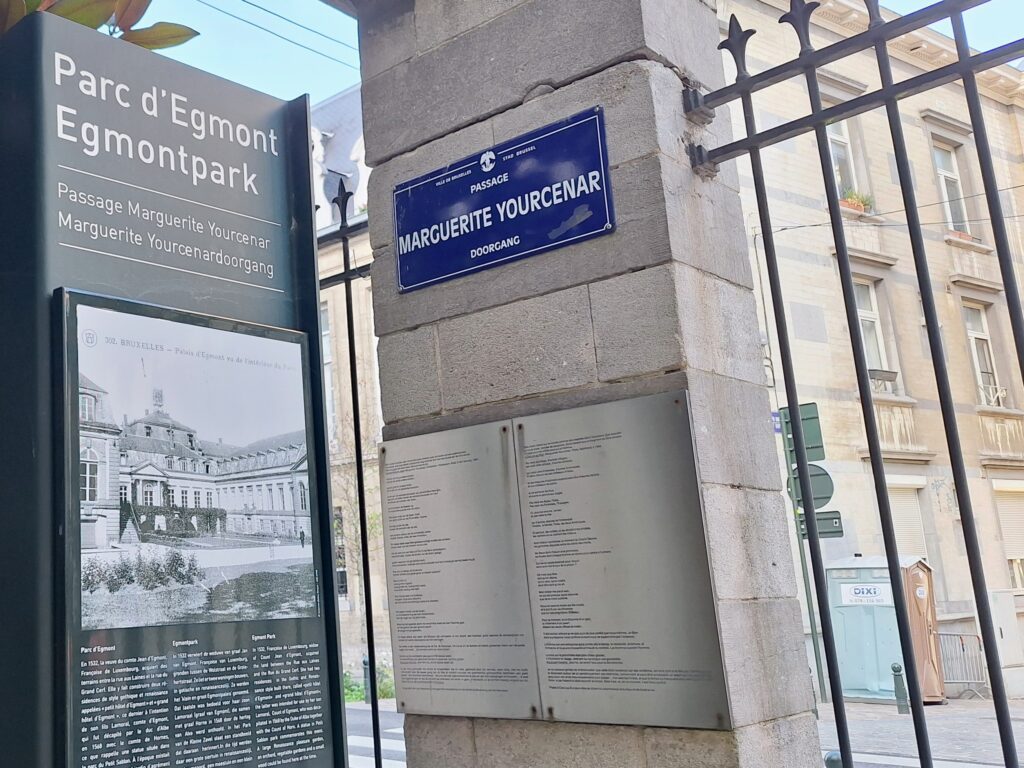
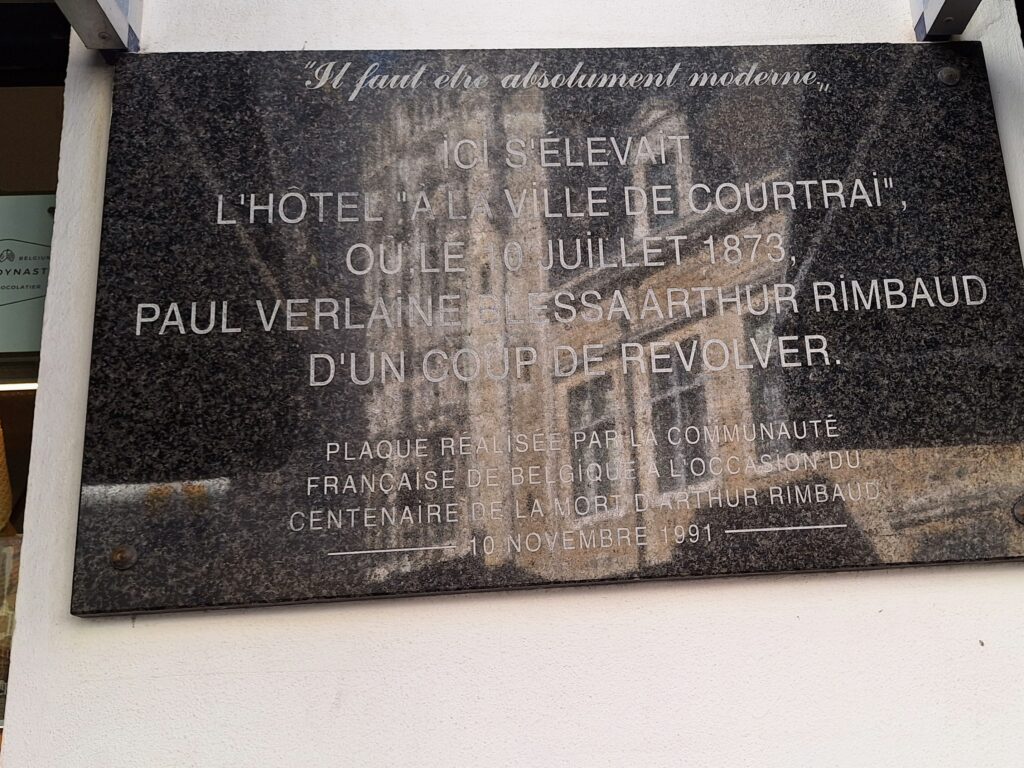
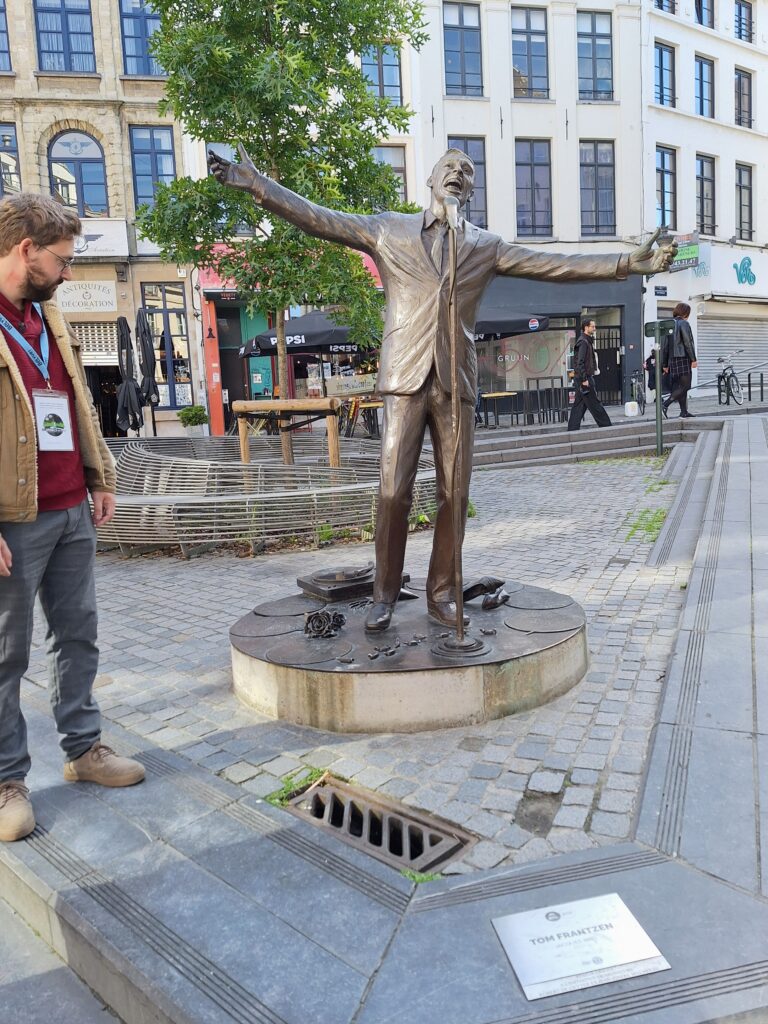
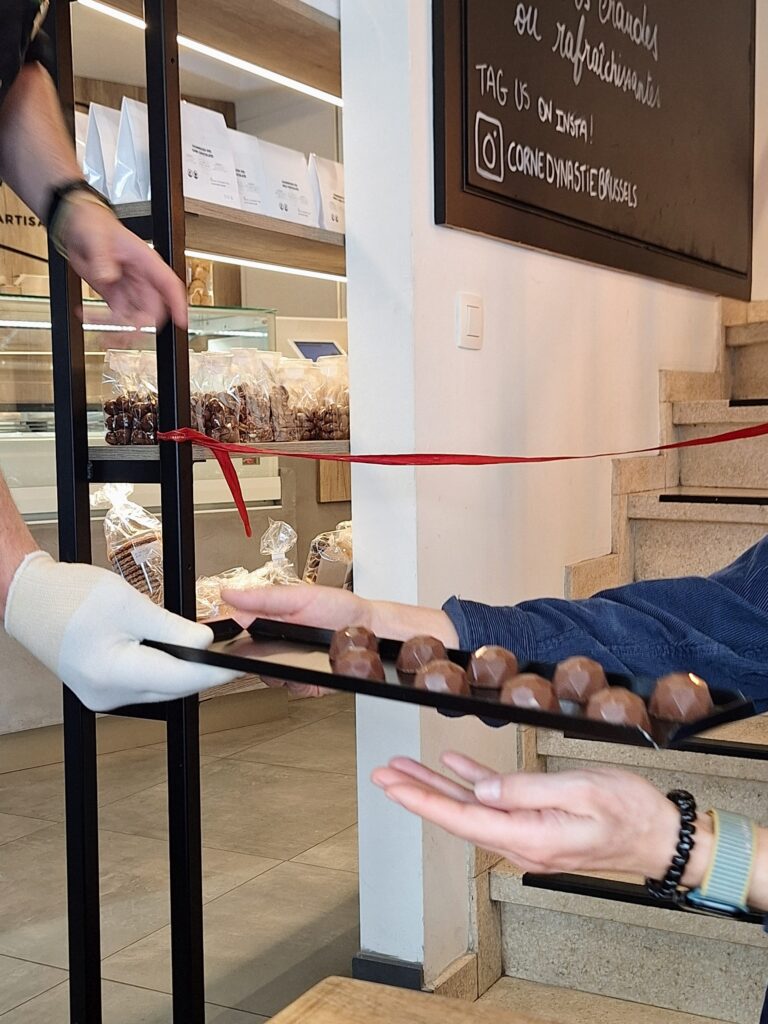
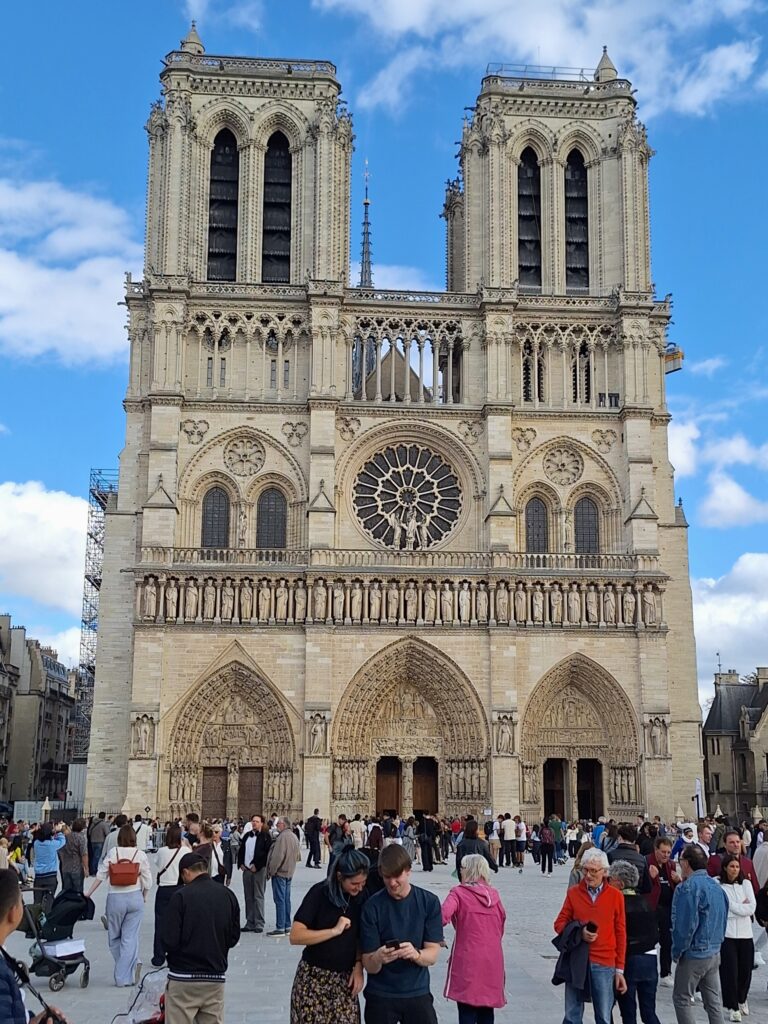
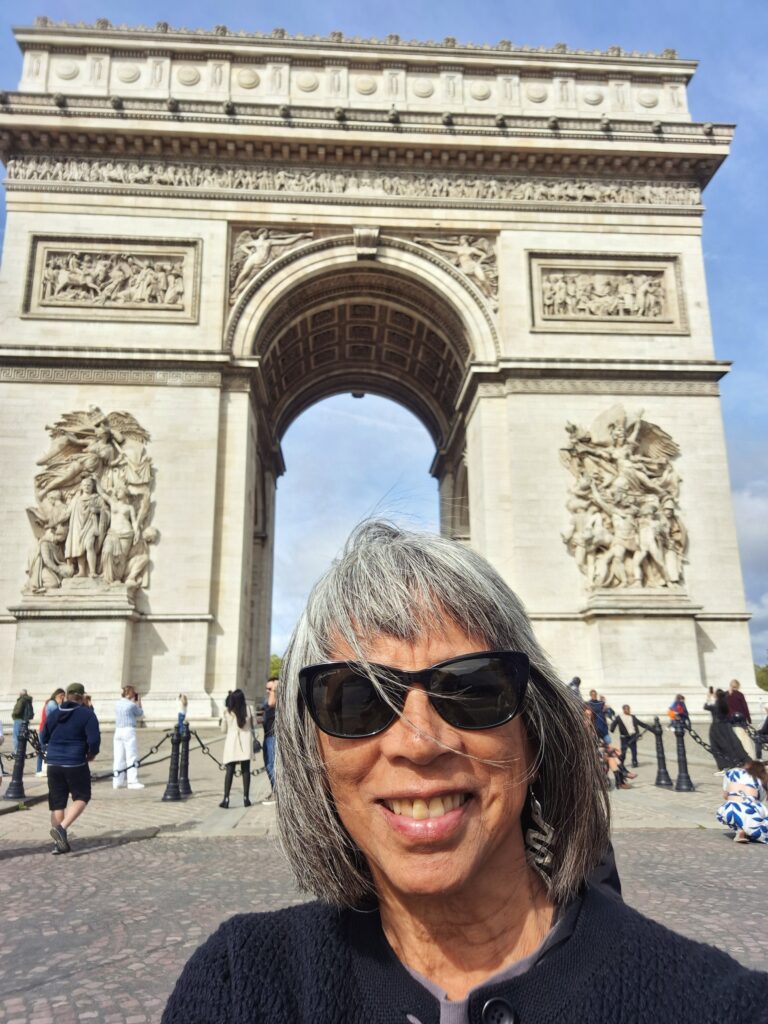
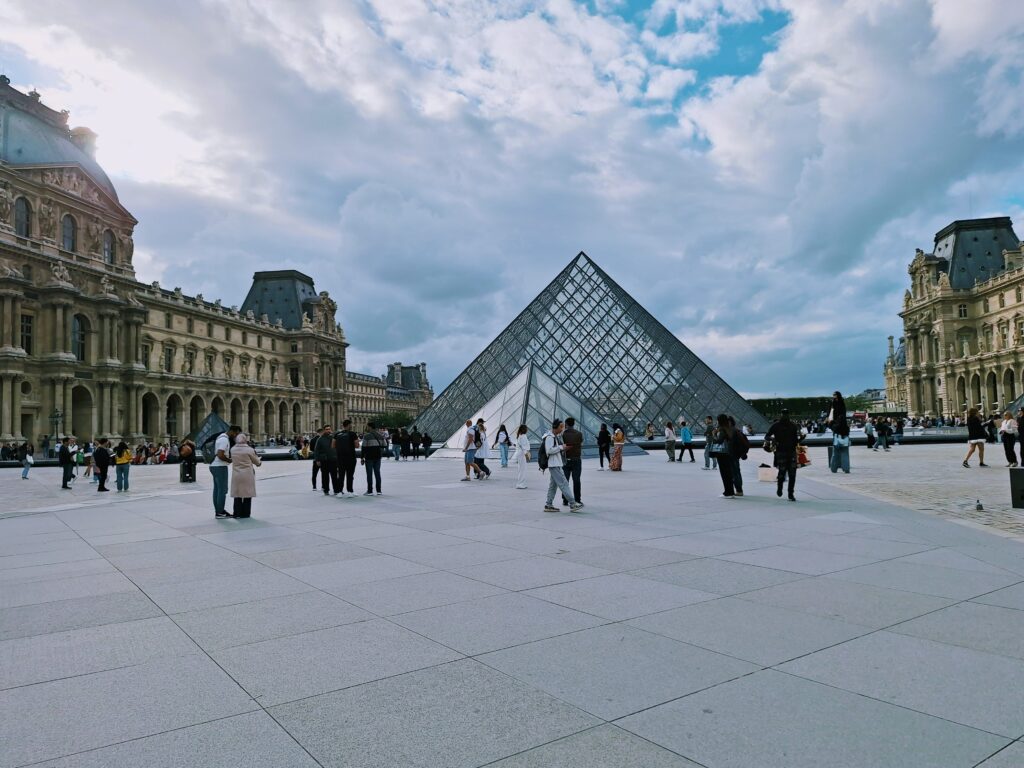
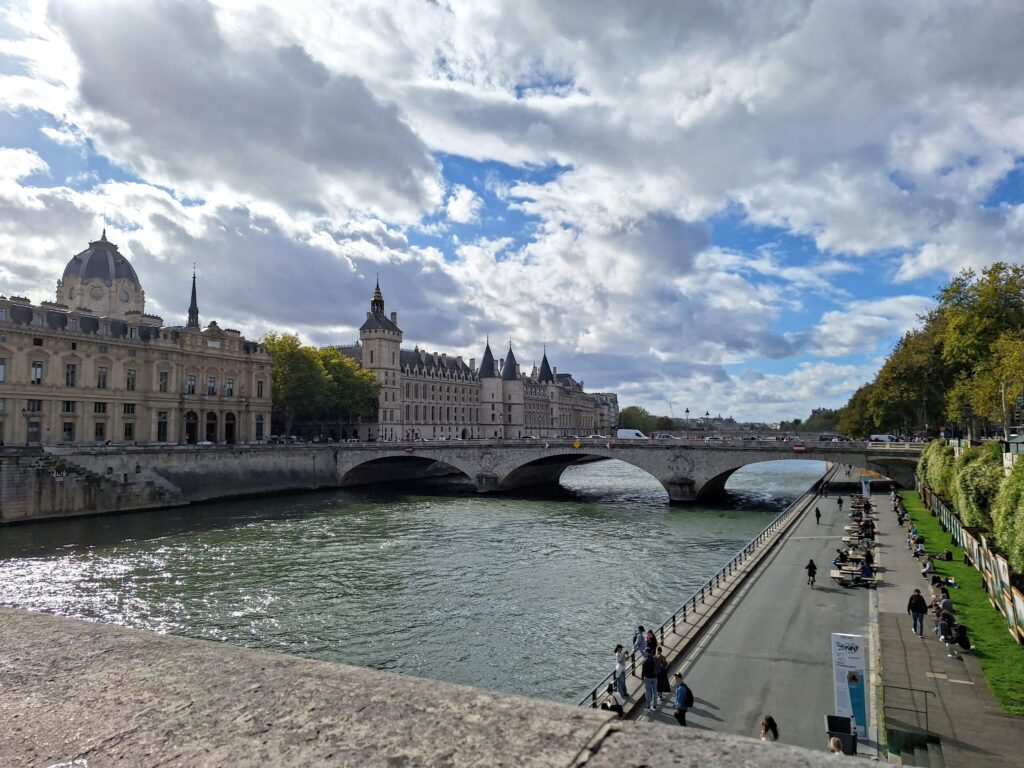
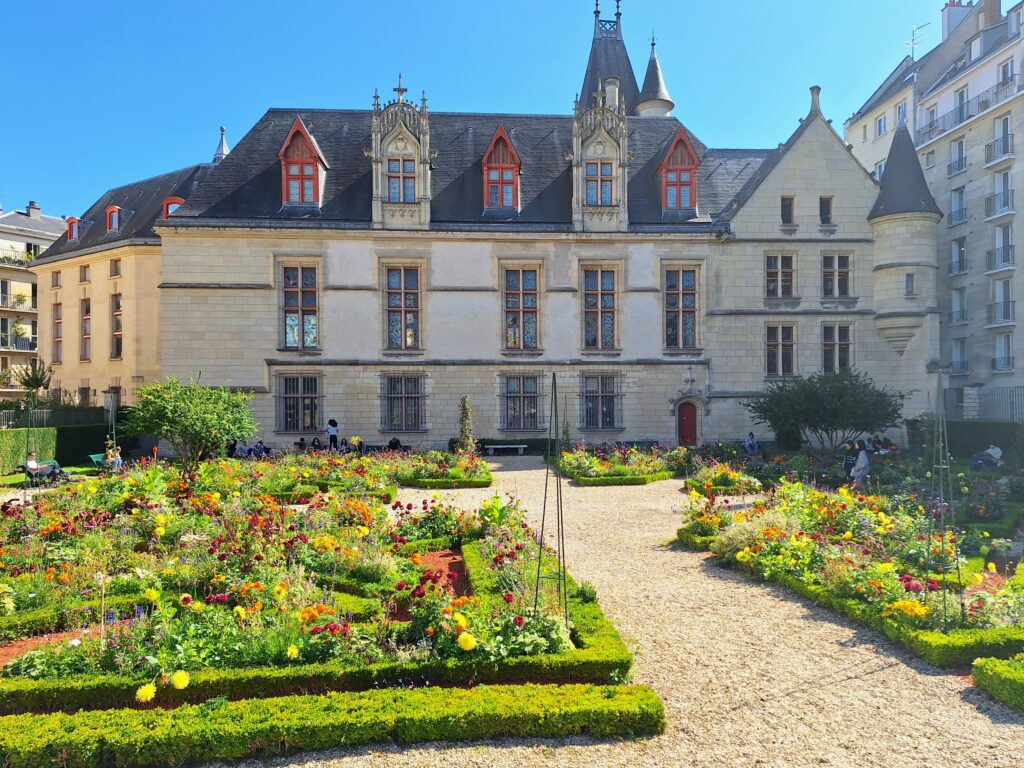
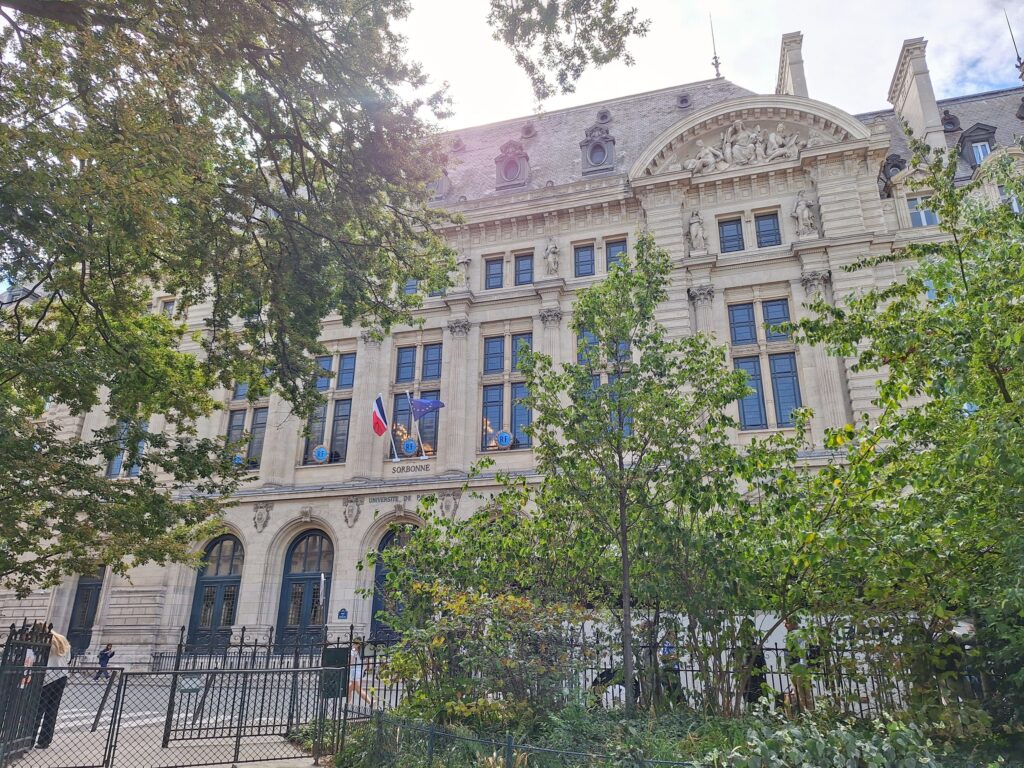
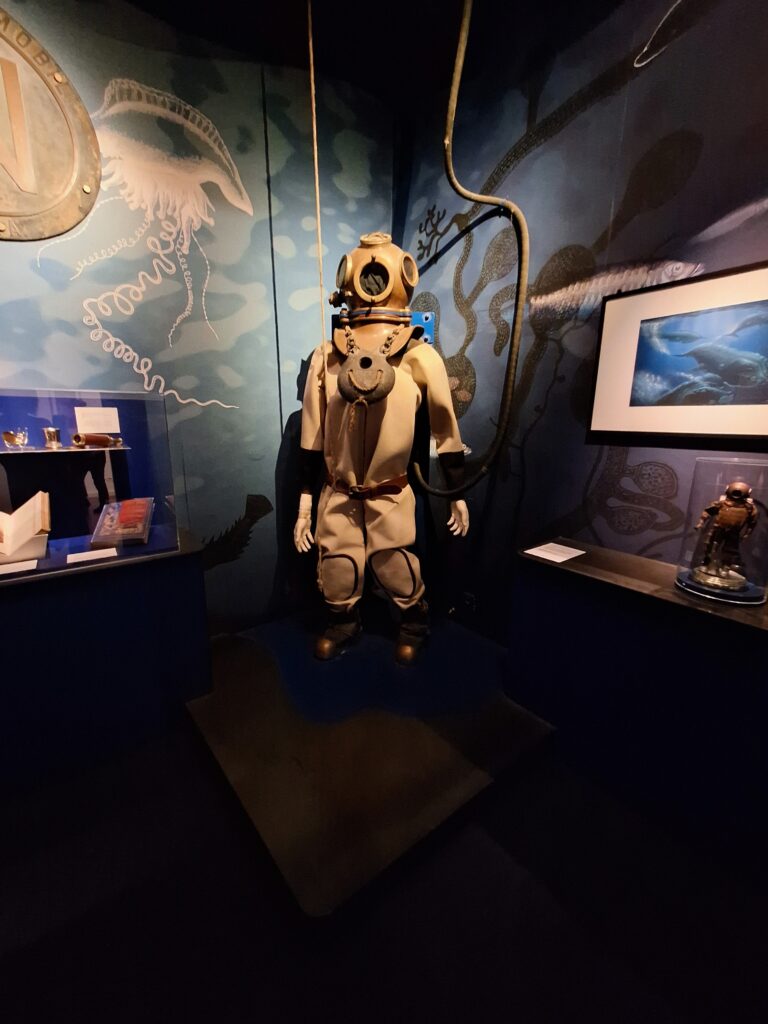
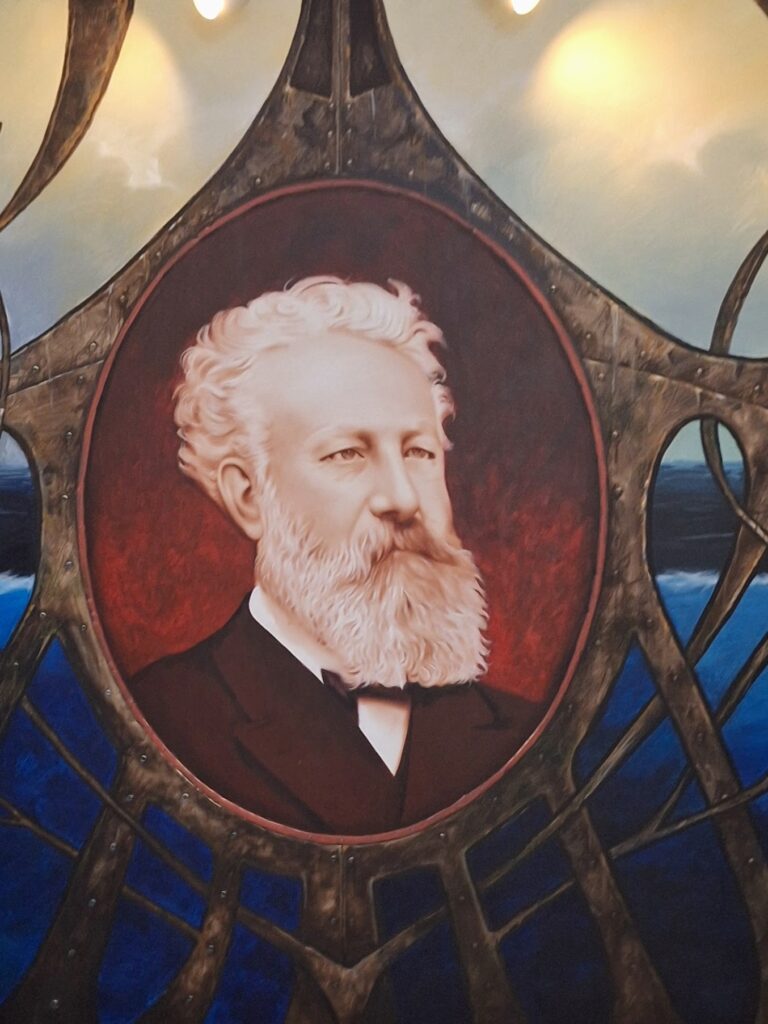
Wonderful! Thank you for this.
Thank you, Susan!
So much fun! I hope you met some interesting people at the conference you can keep in touch with.
Yes, I did meet some people I hope to maintain contact with. In fact, I’m meeting up with one in a few days. She lives in London but she happens to be in Málaga this week visiting a friend.
Donna- thanks for sharing your travels and life abroad. I think it’s courageous of you to keep exploring, never knowing what’s around the corner. There’s so much more to learn and so many things we do not know. Thanks for sharing and keep exploring.
I can’t remember if I’ve mentioned this before but if so, apologies for the duplication. I’ve just had my travel memoir on Japan (This Single Road) by a local small press (Entre Ríos) published and am embarking on some local readings. I also have a new exhibition of work done in Kyoto (i use my wife’s parent’s 100 year old house’s 2nd floor utility room as a studio) opening in October at artxcontemporary gallery. For details on the book, try here. Cheers! Alan on phinney
Always good to hear from you, Alan! I just ordered your book and will be excited to receive it here in Spain. Wish I could also see your art exhibition. I’ll share the information on my social media sites. You’re right about how there’s so much to learn and so many things we don’t know. And so many things we’ll never know. So we keep exploring as much as we can. And producing art as much as we can. Thank you for being such a fine example to me and others.
As you say, you are a good travel companion for yourself and I’m so glad you invited us along!
Thank you, Joyce, for always coming along.